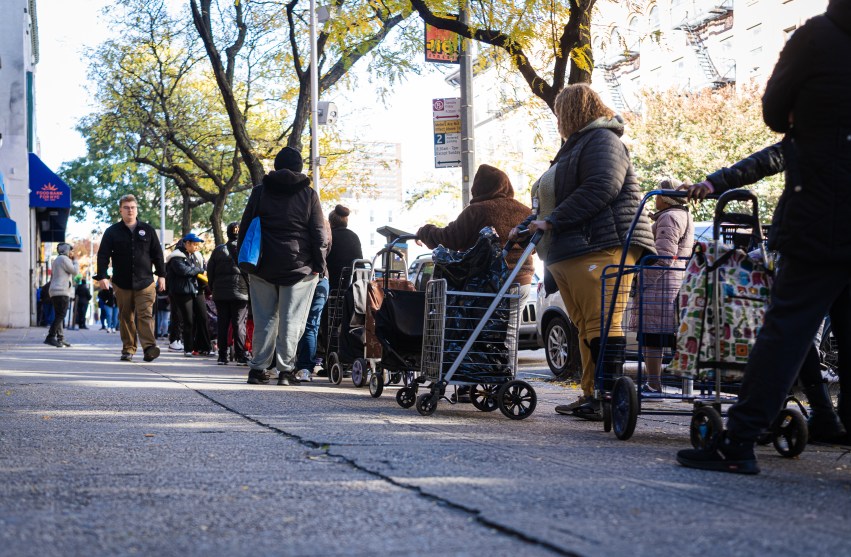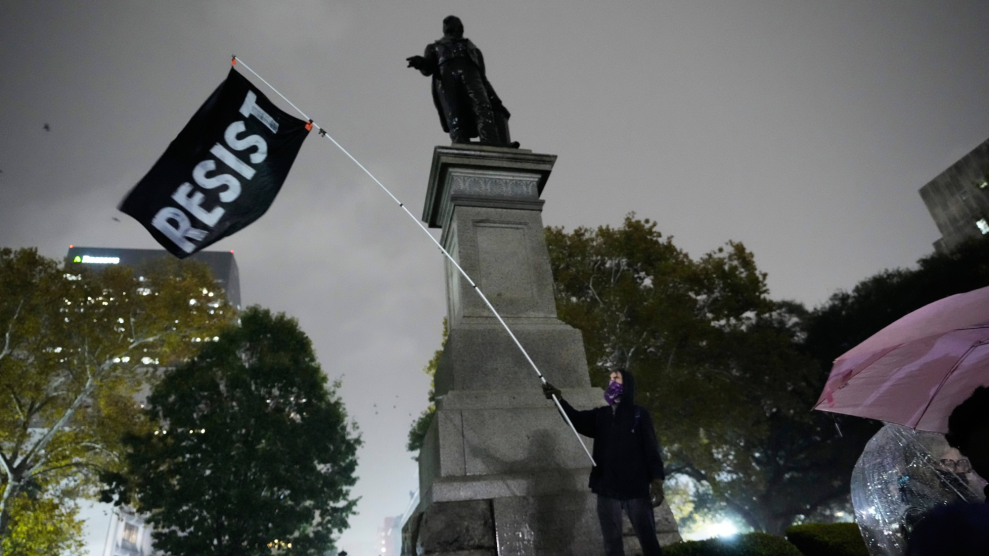The other night, I sat on the cold floor of the San Francisco arts organization CellSpace listening to a woman with red, neon hair announce the first act of the evening to a packed house. She introduced herself as Annie Oakley, curator of The Sex Workers’ Art Show, an event that originated in Olympia, Washington, in 1998. The cabaret-style show, comprised of everything from spoken word to burlesque and multi-media performance art, is made by people who work in many areas of the sex industry. It tours the country every year busting stereotypes about sex work and sex workers (and by extension, about what constitutes art) town-by-town and college-by-college. The show’s aim is “to dispel the myth that [sex workers] are anything short of artists, innovators, and geniuses!”
The artists and innovators who I witnessed perform at the San Francisco show didn’t try to make art sexy, but rather they made sex arty. Some of the performances, namely the burlesque acts, were presented with a quantity of glamour, while others exposed the realities of sex work in a more sobering manner. An eloquently rendered story entitled “Melho’s Place,” by writer and performance artist Amber Dawn started the evening off by shedding light on the humanity of sex work. Burlesque performer Miss Dirty Martini wowed the audience with her stylized fan dance. The art in the show really came to light when the fleet-footed performer hailing from Japan who calls herself Cono Snatch Zubobinskaya danced her way onto the stage with a humorous drag king number. San Francisco author Kirk Read delivered a raunchy yet tender spoken word piece about the closing night of the Circle J sex club in San Francisco’s Tenderloin neighborhood. He presented this little piece of history to the audience like a gift, revealing aspects of a community those who are not gay men in San Francisco will never have occasion to be a part of.
If the goal of the show is to illuminate the intricacies of sex work while revealing sex workers as artists, the group of individuals touring with this year’s show certainly have accomplished a few things. The performances are varied and nuanced, portraying sex work in a way that transcends either positive or negative representation. At times the show was steamy and funny, and at others it was serious or sad. Like most things in life, sex work contains a complicated set of experiences that this set of performers articulated through story, movement, and song.
— Rose Miller
















